Using Influencer Marketing Reporting For Success [Decoding The Data]
With over 7 years of e-commerce experience, Agne has mastered the balance of creativity and performance. From guiding social media strategies to crafting high-converting ads, she’s all about results.

Influencer marketing is among the most successful strategies ever invented for reaching online audiences. Short story: it just works.
But as a company marketing manager or leader, you can’t leave it there. You also need to check if it offers a positive return on investment (ROI) – the crucial metric. Skipping it could cause you to lose money. And that’s not what you want!
Influencer UGC campaign reporting matters for numerous reasons. It helps you determine the best partners, the content you should create and campaigns likely to work in the future.
But it can be challenging to evaluate. You don’t always know what’s going to work.
For this reason, we’ve created this guide for you. It explains the metrics you should track, how to calculate ROI, and data to use to optimize future campaigns.
Key Metrics for Influencer Marketing Success – What Matters?
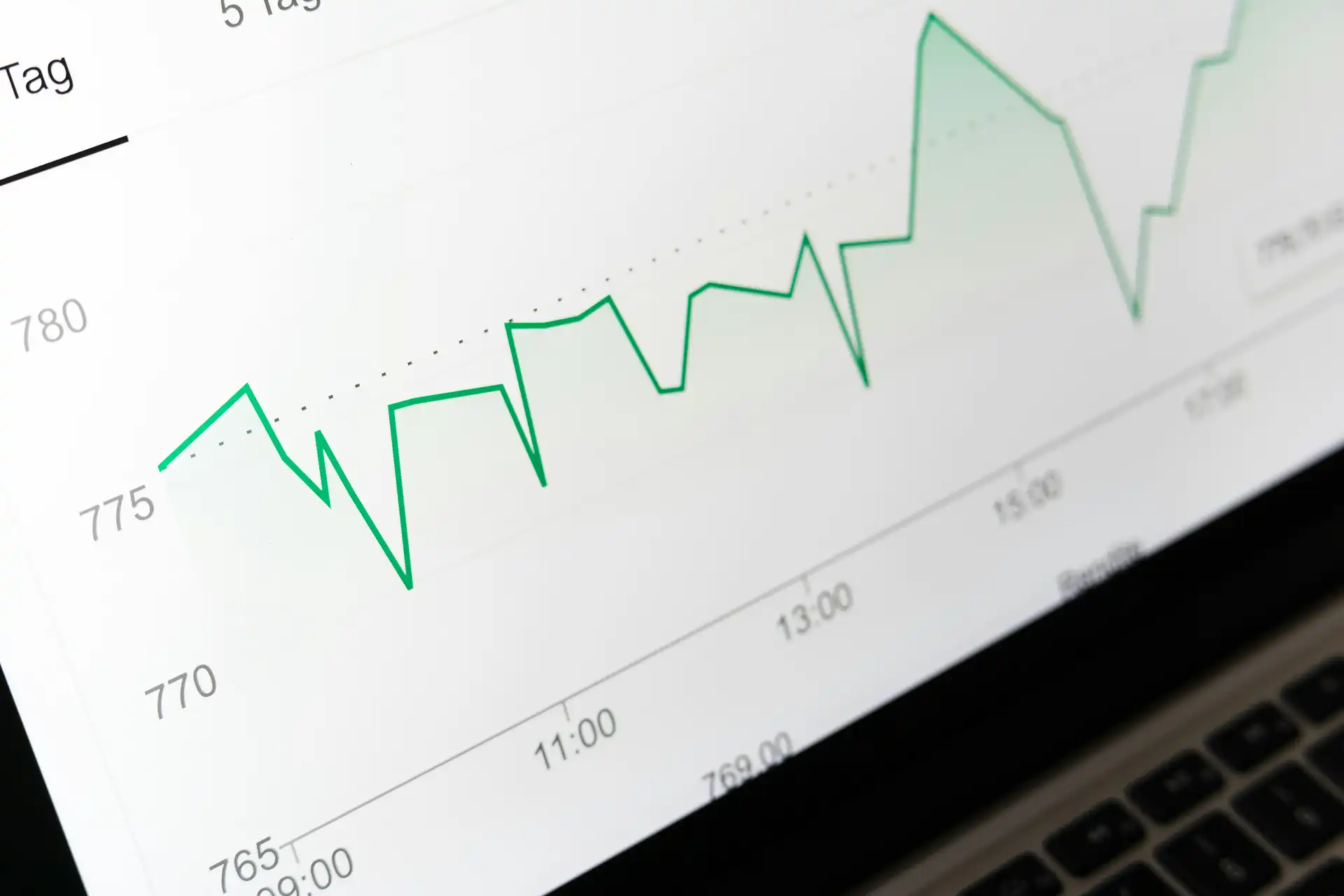
The first step is to consider what you want to measure. Tracking the wrong numbers could stop you from achieving your company’s objectives.
For example, evaluating engagement doesn’t make sense if you care about sales.
This section organizes metrics into categories based on common business objectives. You can use multiple metrics if you have more than one objective for your UGC campaigns.
Impressions Metrics
Impression-related metrics tell you things about the viewership of UGC marketing efforts. These reveal how many people they are impacting.
Specifically, impressions tell you the number of times people watch a specific piece of UGC content. Meanwhile, reach shows the number of unique individuals who see it (assuming some people view it more than once).
Interestingly, both these metrics can be helpful. Combining them can tell you how many times you reached the average person in your target demographic. For example, your research might reveal you need to expose users to your content five times before they convert. (i.e. you need 5,000 impressions minimum to reach 1,000 people effectively).
Engagement Metrics
Engagement metrics tell you how interested audiences are in your UGC campaigns. These statistics drill down into the weeds, revealing more about the quality of specific content.
Usually, you collect engagement statistics with the influencer as the analytic unit. However, you can also sum and average these metrics across your business, giving you an overall engagement figure for your campaign.
Most analysts measure a UGC creator’s engagement rate as the ratio of comments, likes, and shares to impressions. For example, if 100 people watch the video and 50 leave comments, the engagement rate is 50%. However, you can create different statistics if they make sense for your business.
Unfortunately, knowing the UGC creator’s engagement statistics without access to their account is challenging; most won’t provide access to their in-account dashboards. However, you can see these metrics when using UGC management platforms, like Billo, that connect creators and brands. These provide more oversight.
Conversion Metrics
Conversion metrics are another area to consider. These help you determine the overall success of an influencer campaign (i.e. is it making you money?)
The first place to start is the click-through rate (CTR). It tells you the proportion of people clicking through from your content to your sales pages.
You can calculate the CTR manually by dividing the total impressions (or reach) by the number of people clicking through. This statistic should be less than 1 and greater than 0. (If it isn’t, it means you’ve made a mistake in your calculation). A reasonable CTA depends on your industry. Most brands aim for between 1 and 8%.
The next step is to consider conversion – the proportion of people who take action after clicking through. Often, you want them to:
- Purchase a product
- Buy a service
- Sign up for a newsletter
- Use a promo code
You can calculate the conversion rate by dividing the number of people who take action by either:
- The CTR
- The total impressions for your campaign
Measuring it at different stages in the funnel tells you more about your overall performance. (For example, this method can help you discover if there are issues with your landing pages).
Tracking conversion metrics requires trackable links showing you where shoppers came from online. For those looking to delve deeper into analytics and metrics, pursuing online machine learning courses can offer valuable insights into understanding and optimizing these processes. Various tools are available (which we discuss below).
Sometimes, you can use UGC affiliate links. These show when a user clicks a link on a creator’s page, forwarding them to your products and services portals. Then, you can see when they take a desired action. You can also use discount codes (entered into a box on the sales page).
If users take action by following trackable links or using codes, then brands pay UGC creators a commission. (This payment is the equivalent of a share of the profits). However, platforms like Billo bypass these ongoing payments by charging a one-off fixed fee per video.
How To Accurately Measure ROI For UGC-Driven Campaigns
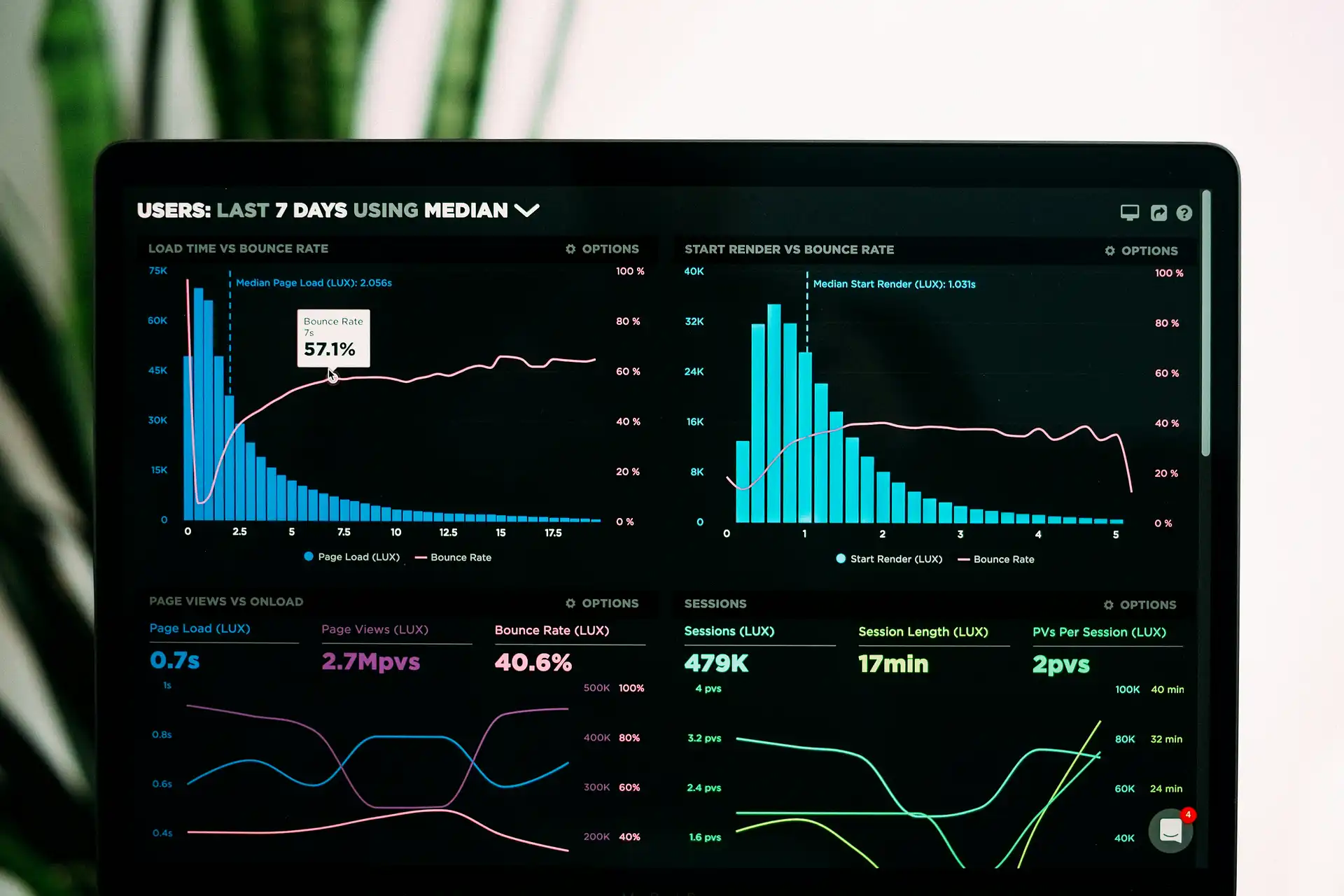
Once you have various metrics you want to track, the next step is to measure your UGC campaign’s ROI. Ultimately, this statistic is what you care about most since it shows you how much money you’re making. Measuring UGC tells you if your campaign is successful and whether you should allocate more funding.
Unfortunately, generating a number that reflects business performance is challenging. You don’t always have all the information you need.
As such, it is critical to follow a comprehensive process.
1. Identify Your Metrics
The first step is to identify the metric you want to measure ROI. Surprisingly, these can vary!
Most firms use revenue generated by UGC campaigns (enabled by UTM codes, tracking links, or discount codes), with tracking links being the most accurate, and discount codes less so. However, you can also use customer acquisition cost (CAC) as your target metric.
2. Calculate The Costs
The next (and most challenging) step is calculating the UGC campaign’s costs. What resources does it require to put it on?
UGC marketing management platforms, like Billo, show this data on your dashboard. Simply write down your spending.
However, if you aren’t using a platform to make your life easier, calculate your costs separately. Start by writing down the upfront price of the influencer partnership: how much are they charging you to work with them? Then, think through the costs of your campaign management. How much labor time is it taking up?
You should also consider:
- Any money paid to boost UGC through ads
- The subscription fees paid to software providers
- Props and accessories used in UGC videos
- The price of samples sent to creators
You can think of the total cost of your UGC campaign using the following math expression if it helps:
Total Costs = Influencer payments + Ad spend + Management costs + Software tools
3. Calculate The Revenue
The next step is to calculate the revenue – how much money is your campaign making you?
How you do this depends on your specific setup. Promo codes show which influencers are spearheading your campaigns. But these risk missing sales where customers forget to type them in before checkout.
UTM parameters and referral links are superior for UGC. These tell you the income you receive from specific channels without the requirement for the customer to enter anything into the screen before checkout.
The simplest approach is to measure the raw revenue generated by the campaign. Adding up the sales generated via these codes and links gives you a direct measurement of the benefits of the campaign.
However, you can use other metrics to augment the analysis. For example, including customer lifetime value may be critical to your business model. A UGC campaign may attract a customer who spends $100 in the first month, but $5,000 over a lifetime, so including this in your ROI calculation makes sense.
You can also look at the increased sales your UGC campaign generates. Does it add to your existing baseline or simply substitute for it? Measuring the former is often more helpful for businesses with niche target markets.
Most companies calculate the total cost of influencer marketing campaigns as follows:
Total Revenue = Sales from UGC campaign + Lifetime value of new customers
You can also calculate the revenue per influencer and sum them to generate the final campaign revenue.
4. Calculate The ROI
The last step is to calculate the return on investment. You can do this by subtracting total revenue from total costs and dividing by the latter. This statistic will tell you if you are making a decent return.
ROI=Total Revenue−Total CostsTotal Costs×100
Ideally, you want the ROI to be above 2 or 3 in marketing campaigns. That’s because you need to cover other business costs, like paying staff and running an office.
If you get a low ROI figure, consider the non-financial benefits of a UGC campaign. For example, ask if it raises brand awareness or drives customer loyalty higher. These can often offset poor performances in the headline metrics.
Analyzing Data to Optimize Future Campaigns: How To Course-Correct When Things Go Wrong
UGC campaigns are usually effective, but they can go wrong. If they do, then knowing how to course-correct can be helpful.
- Problem: Low click-through rates (CTRs)
- Action: If influencers aren’t resonating with your audience, adjust their message or try a new format.
- Problem: Low reach
- Action: If UGC isn’t attracting an audience, consider paying for advertising to amplify it
- Problem: Lack of conversions
- Action: Reconsider your sales funnel if users are interested in your UGC but aren’t progressing to the next stage.
- Problem: Low influencer performance
- Action: Deepen partnerships with successful influencers and leverage these to enhance target metrics
- Problem: Poor performing content
- Action: Explore which content types worked best. Did reviews outperform how-to tutorials? If so, focus on the former, not the latter.
- Problem: UGC doesn’t resonate with some demographics
- Action: Segment your audience and generate new UGC to target each sub-type, depending on their characteristics and preferences.
Once you correct these issues, you can enhance the performance of future campaigns. Don’t worry: there’s always a learning curve and room for improvement (even for the world’s biggest companies). Tinkering usually leads to improvements that multiply over the long-run.
Tools for Effective UGC Influencer Reporting
Tools are essential for effective UGC influencer reporting. Without them, it is almost impossible to get a handle on performance and find out how your campaign is doing.
Here’s a list of tools to use:
Billo
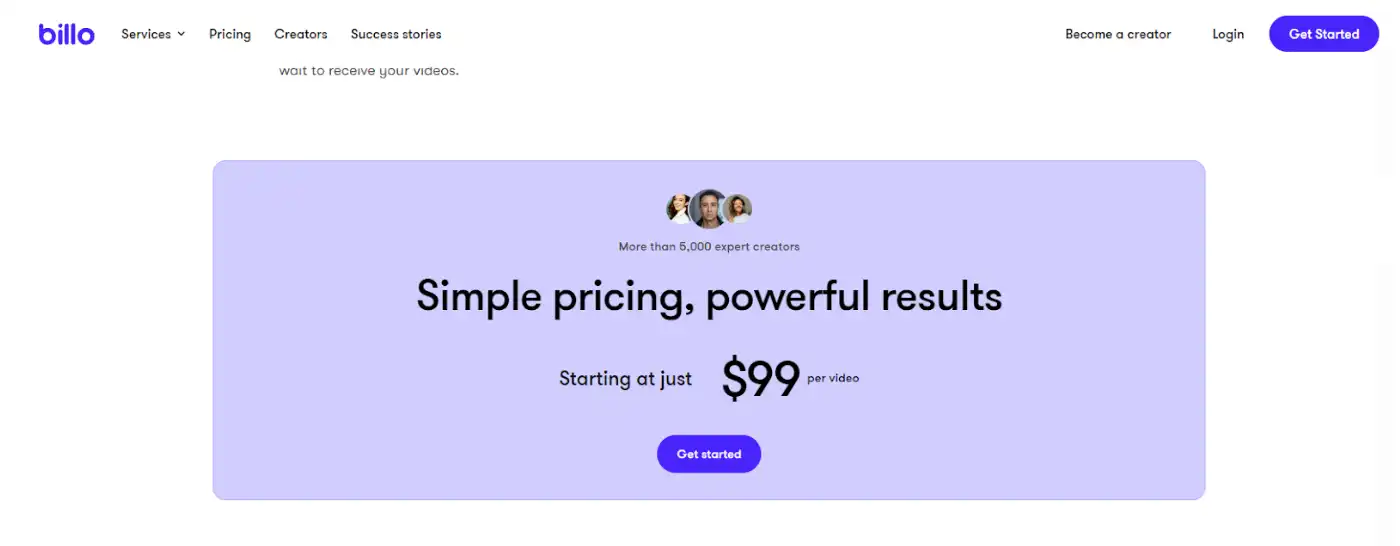
Billo connects with and tracks multiple creators in a single platform. Specializing in ecommerce brands, agencies, and app developers, each video costs just $99 and is available to buy in bulk from pre-vetted influencers. You don’t have to worry about sourcing influencers or checking they align with your brand: that’s done for you.
Traackr
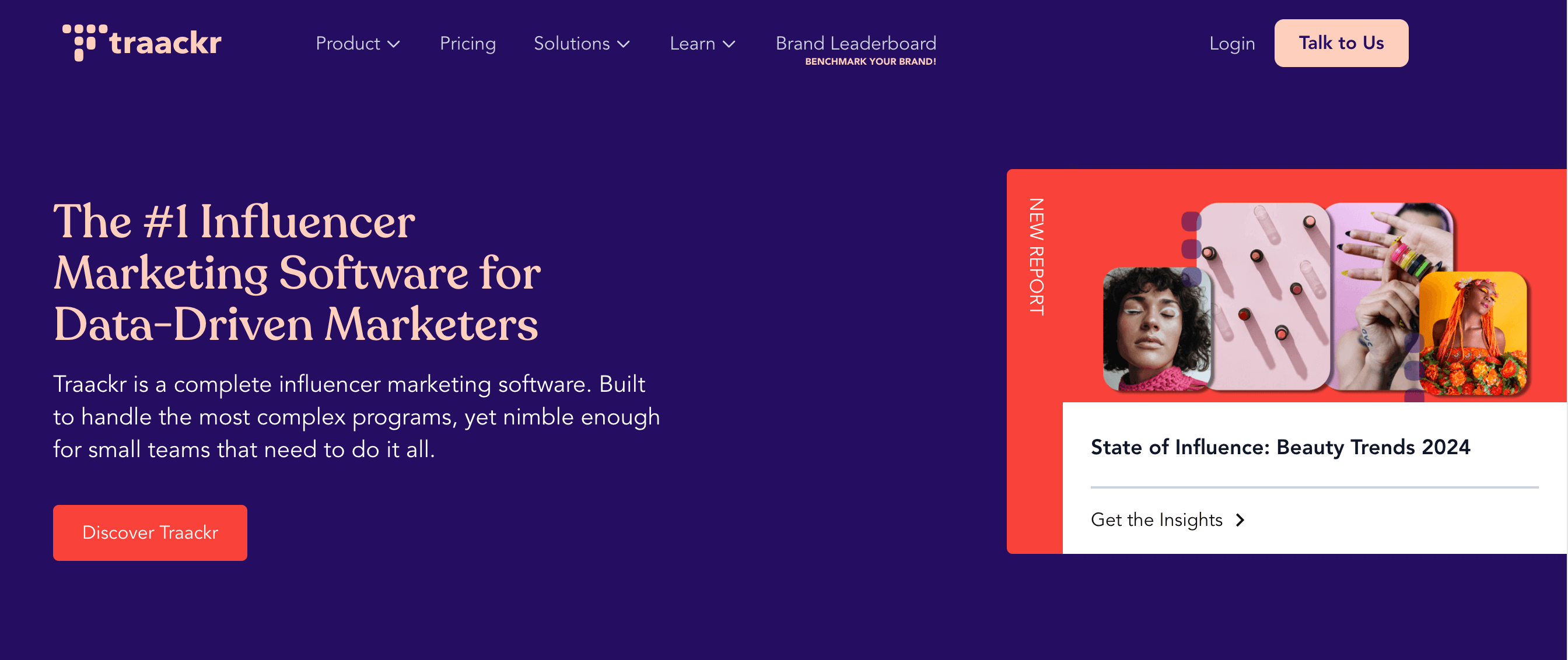
Traackr is another option that provides data on an influencer’s audience demographics, behaviors, and interests. It follows multiple metrics, including those mentioned above, like reach, audience impressions, engagement, and growth rates. Traackr is helpful for any business working with multiple creators looking for more information on their individual performance.
CreatorIQ
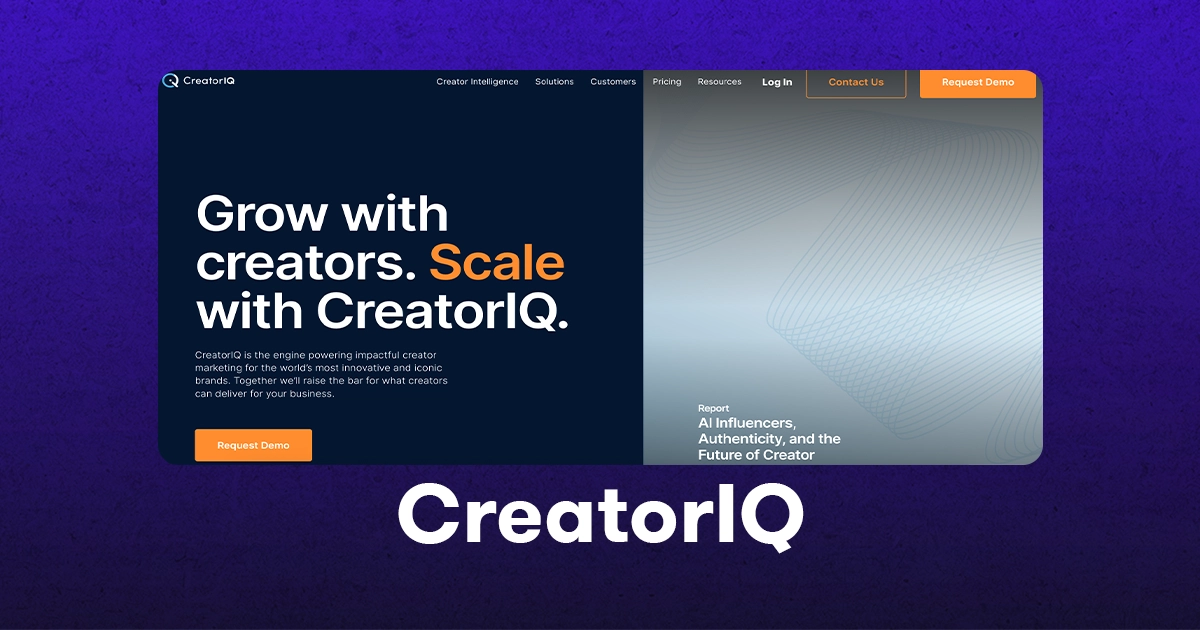
CreatorIQ is another platform that tries to simplify the creator identification process. It uses an AI-powered recommendation engine, letting you filter results faster and find suitable candidates. Features include the ability to build a private influencer community, find creators based on customer data, and search for individuals using image recognition.
Sprout Social
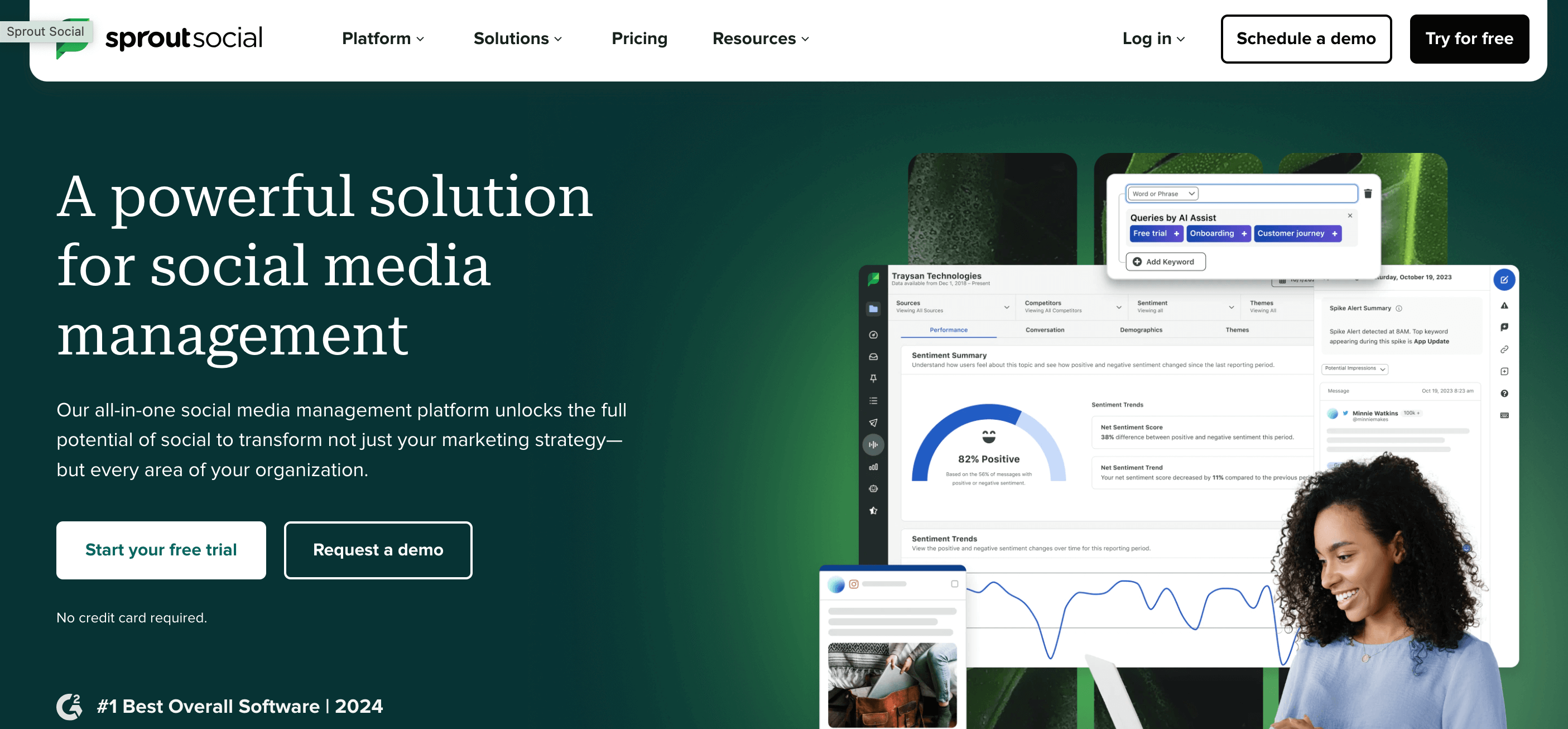
Sprout Social is another option. It offers various tracking tools to measure UGC performance and is helpful for companies who need to keep tabs on people across several social media platforms. Primary features include UGC mentions tracking, detailed influencer performance metrics, and a customized dashboard to detail overall campaign progress. It is also possible to disaggregate data to see influencer performance by website (i.e. TikTok, Facebook, Instagram, etc.)
Hootsuite

Finally, Hootsuite offers UGC tracking via tags, mentions and hashtags. It keeps tabs on influencer engagement statistics and other critical metrics to provide a superior overall performance. It’s helpful for companies looking for a more comprehensive view of influencer performance or those wanting social listening features.
Creative Manager
With over 7 years of e-commerce experience, Agne has mastered the balance of creativity and performance. From guiding social media strategies to crafting high-converting ads, she’s all about results.
![Using Influencer Marketing Reporting For Success [Decoding The Data]](https://billo.app/wp-content/uploads/2025/05/blog-banner-img-2-.webp)
Authentic creator videos, powered by real performance data
22,000+ brands use Billo to turn UGC into high-ROAS video ads.
How to Find Micro Influencers for Your Brand’s...
Looking for micro influencers for your brand’s next campaign? You’re [...]...
Read full articleBeyond the Ad: Influencer Marketing Services for...
Sponsored posts alone won’t cut it in 2025. Global influencer-marketing [...]...
Read full articleTop 20 TikTok Influencers for 2025
Having rapidly evolved from a short-form video app predominantly used [...]...
Read full article![Using Influencer Marketing Reporting For Success [Decoding The Data]](https://billo.app/wp-content/uploads/2025/05/banner-img.webp)
![Using Influencer Marketing Reporting For Success [Decoding The Data]](https://billo.app/wp-content/uploads/2025/05/banner-mobile-img.webp)


